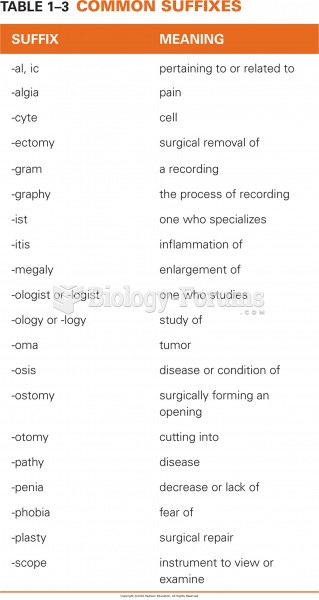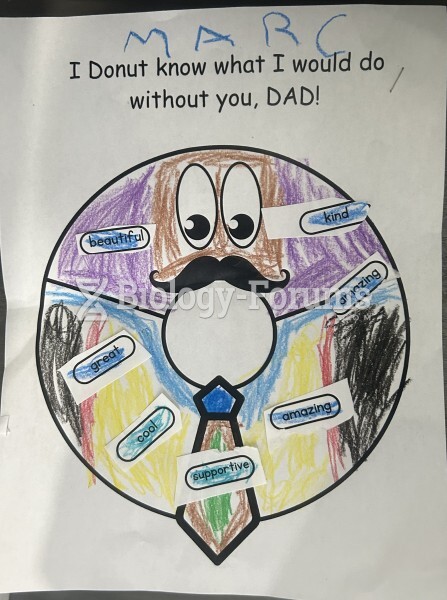Answer to Question 1
ANS: 10 Clearly and accurately describe the math standards and applicable to kindergarten children. Concisely detail how you will, both formally and informally, include the math standards in a kindergarten program using concrete examples from the theme fruits and vegetables.
8 Clearly describe the mathematics standards and their general applicability to kindergarten children. Detail how you will, both formally and informally, include the math standards in a kindergarten program using concrete examples from the theme fruits and vegetables.
6 Generally describe the mathematics standards and their general applicability to young children. Provide some details about how you will include the math standards in an early childhood program using examples from the theme fruits and vegetables.
4 Generally describe some of the mathematics standards and their general applicability to young children. Provide a few details about how you will include the math standards in an early childhood program using examples.
2 Vaguely but inaccurately describe some math standards. Provide few details about how you will include the mathematics standards in an early childhood program.
Answer to Question 2
ANS: 10 Clearly describe eight to nine teaching techniques on the continuum. Give eight to nine concrete and practical examples of when and how you would use these techniques. These should be specific, but not lengthy.
8 Clearly describe seven to nine teaching techniques on the continuum. Give seven to nine concrete and practical examples of when and how you would use these techniques.
6 Somewhat clearly describe six to eight teaching techniques on the continuum. Give six to eight concrete and practical examples of when and how you would use these techniques.
4 Describe less than six teaching techniques on the continuum in an unorganized or unclear way. Give fewer than six concrete and practical examples of when and how you would use these techniques. Both examples and descriptions are somewhat unclear.
2 Show little or no understanding of the nine teaching techniques on the continuum nor when to use them.







